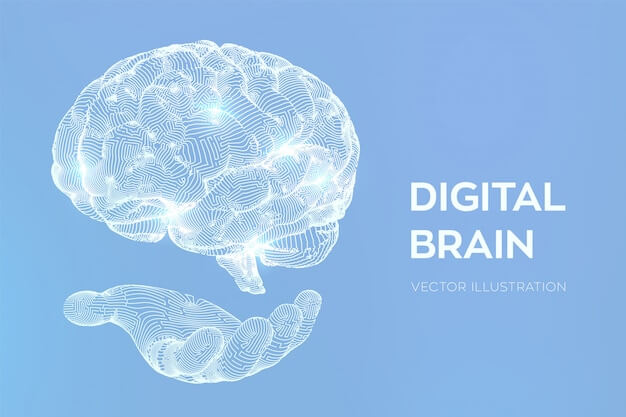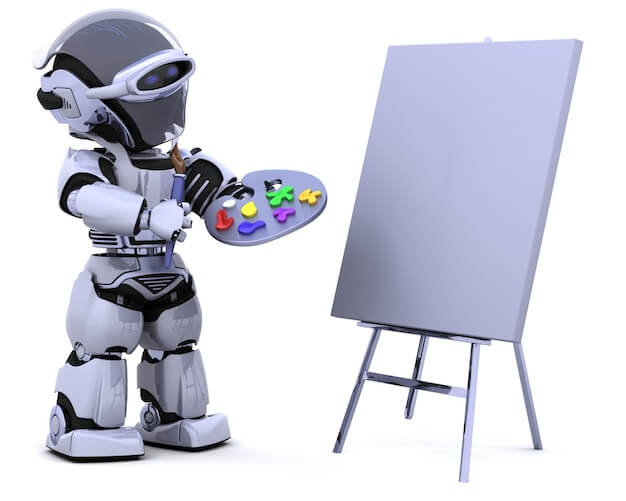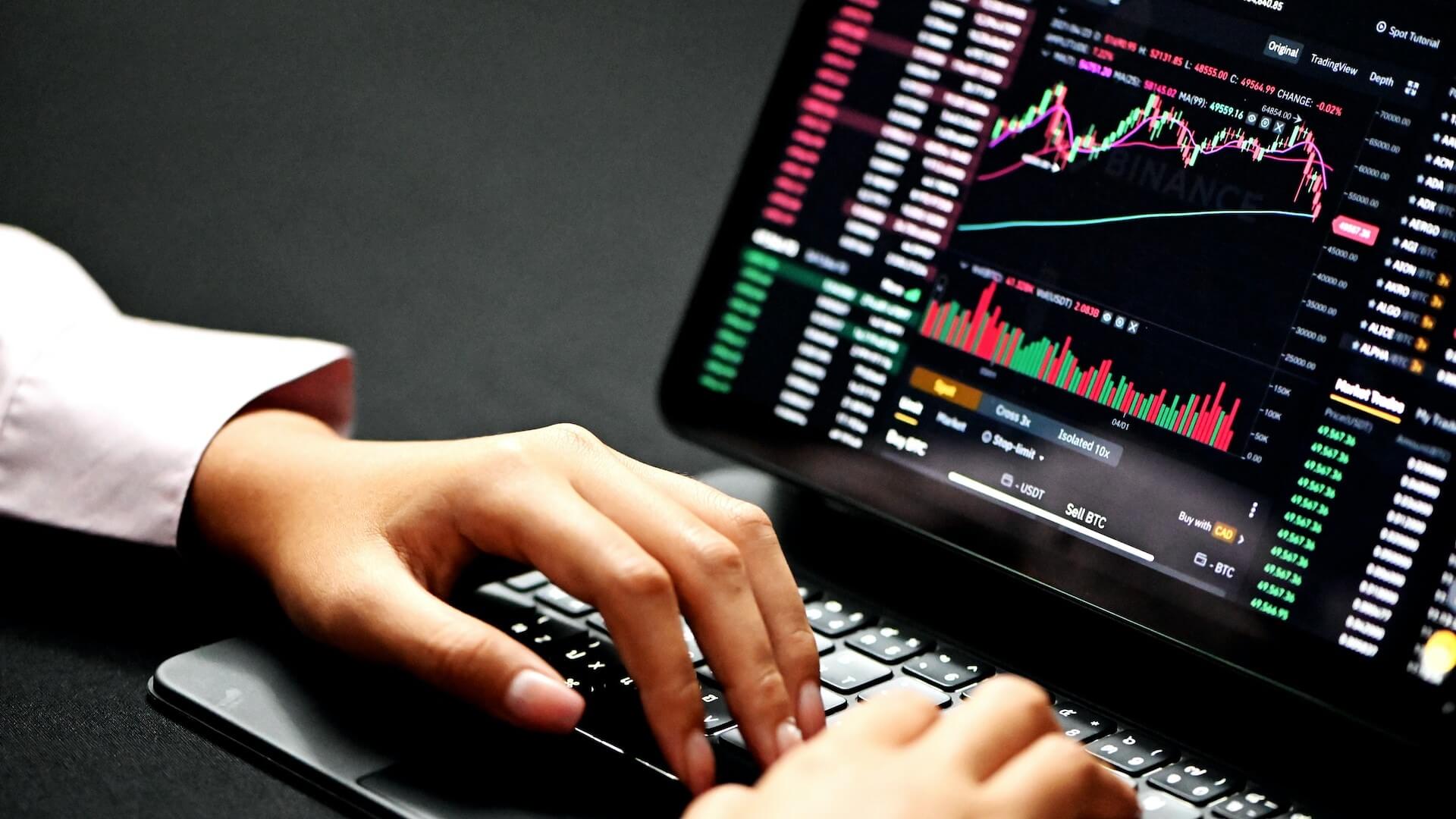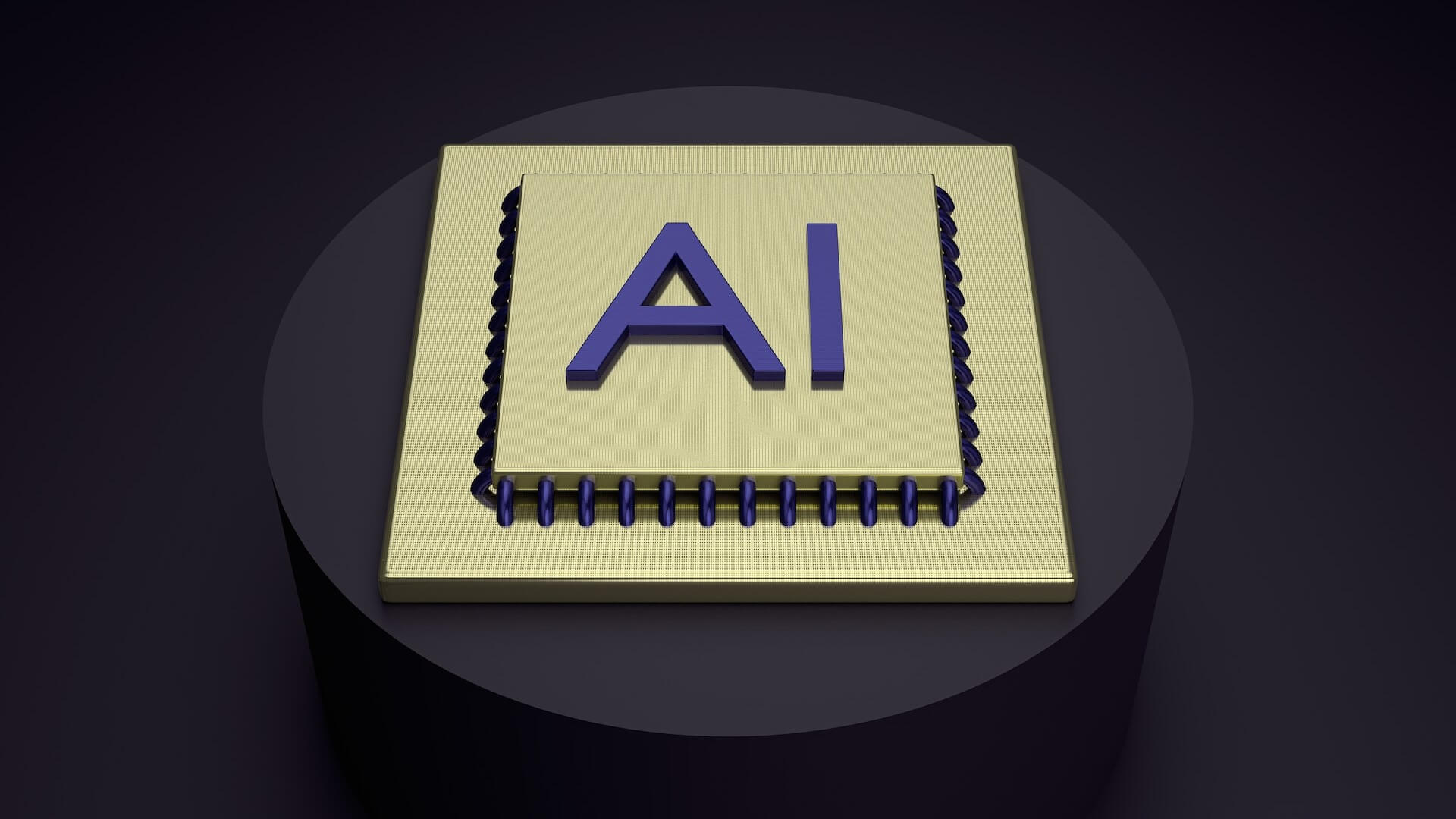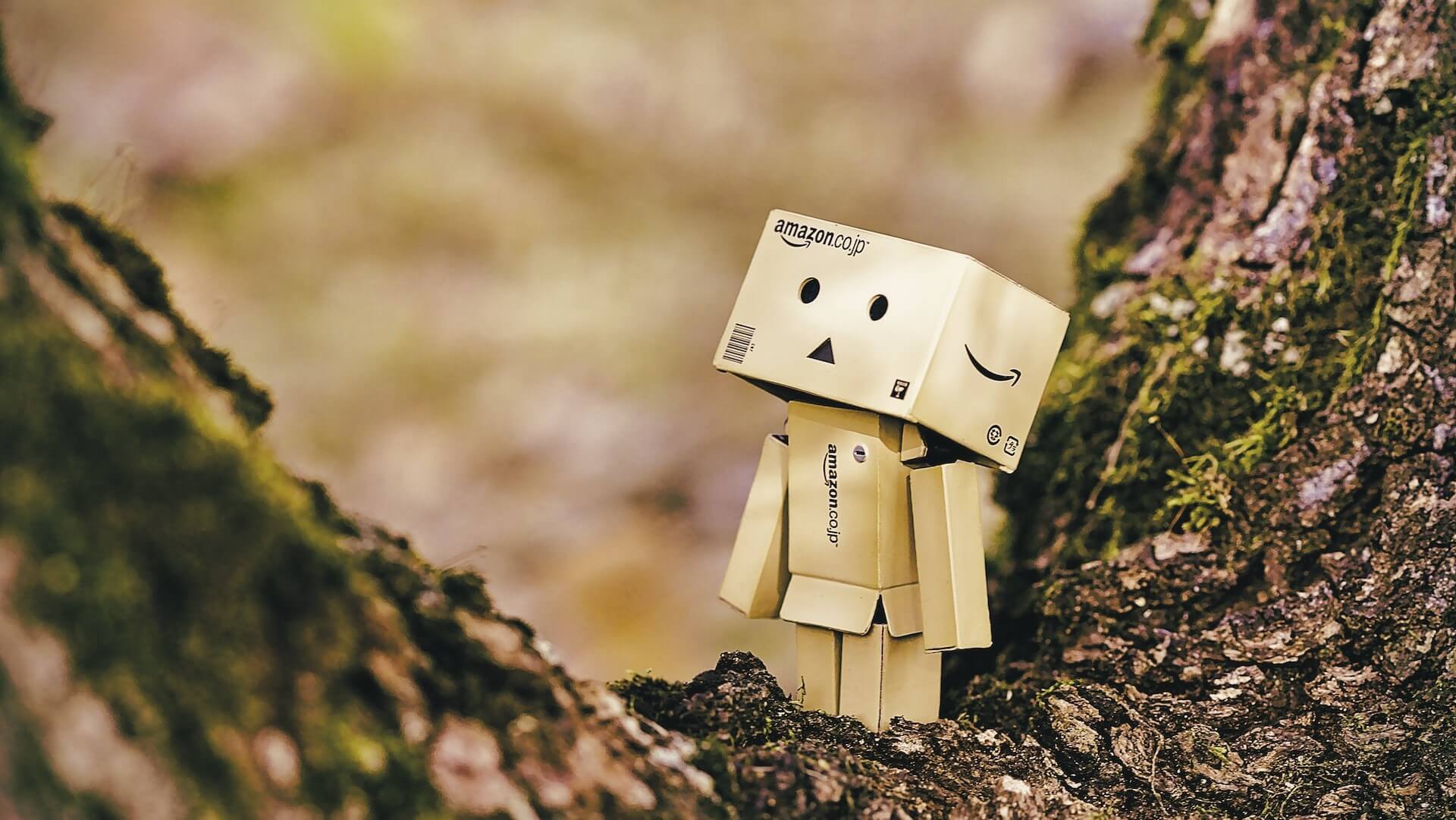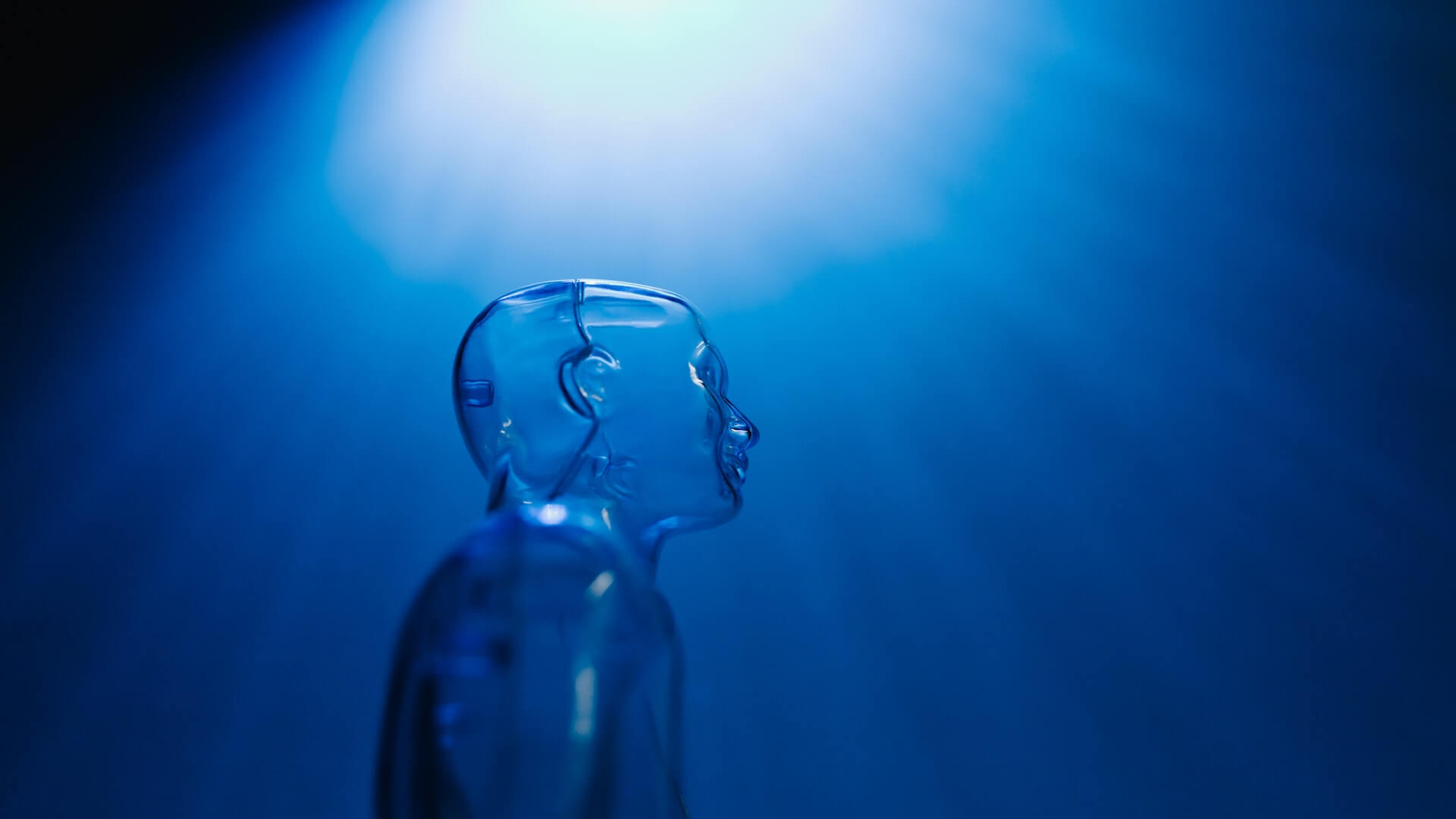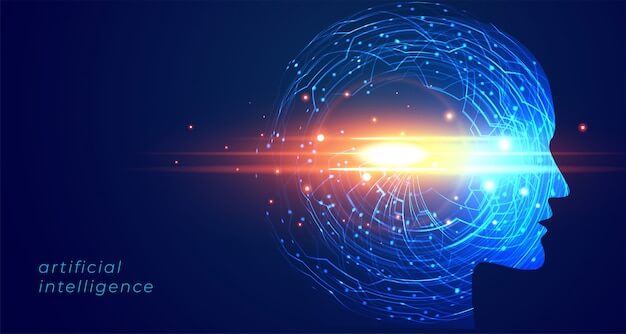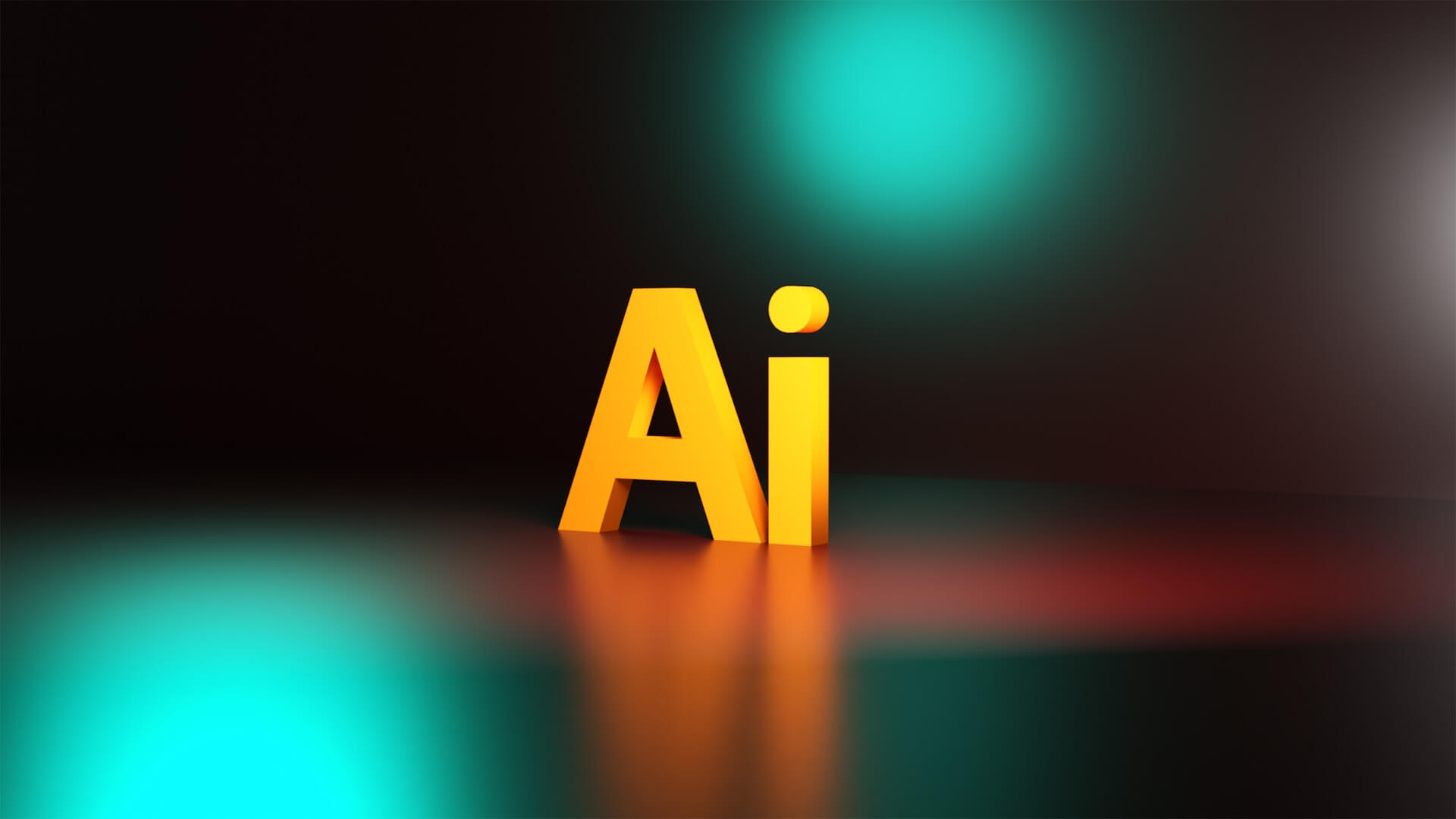As we all know, artificial intelligence was first proposed in 1956. After 60 or 70 years of development, it has experienced a boom and then a decline. Although there is some progress in theory, there is no major breakthrough. All research is based on the modern computer prototype made by mathematician Turing in 1936. So there is still a big gap between AI and what we know.
AI
Want to have a Monet style impressionist Thai temple painting, but can't afford to entrust the painter? Let artificial intelligence (AI) do the job. Then he changed his mind and wanted a surrealist painting? It's a piece of cake. Type the desired content in the message box of the AI art generator, and then press the button. Look, you've got your wish! Due to the rapid development of AI technology, today's digital world provides a large number of programs to generate high-quality visual arts under people's fingertips. Similarly, AI music generators are magic.
IDC predicts that spending on AI technologies will increase to $97.9 billion by 2023 - more than 2.5 times the 2019 spending level.
Nvidia announced earlier this Monday that the GH200 Grace Hopper Superchip, Nvidia's most powerful artificial intelligence chip to date, is now in full production.
Microsoft is developing an AI chip, codenamed "Athena," to power AI chatbots like ChatGPT.
As one of the world's largest cloud providers, Amazon is positioning Bedrock as a new type of Generative Artificial Intelligence (GPT) solution whose goal is to help companies rapidly build and optimize their software and applications.
The rights highlighted by the AI-free sanctuary will promote the advancement of AI technology while protecting the cognitive and emotional capabilities of all humans.
Neuro AI is a new discipline, which aims to promote the development of AI technology by studying human brain, and use AI to better study human brain. One of the core tools of neural AI is to use artificial neural networks to create computer models of specific brain functions. This method began in 2014, when researchers at MIT and Columbia University found that deep artificial neural networks could explain the reaction process of the brain's object recognition region, the infratemporal cortex (IT). So they introduced a basic experimental method: comparing the artificial neural network with the brain. Then repeatedly and iteratively test various brain reaction processes: shape recognition, motion processing, speech processing, arm control, spatial memory, etc., and establish corresponding brain processing models for each reaction.
Artificial intelligence, also known as machine learning, is a software system pioneered decades ago and based on neural networks.
Artificial intelligence promises to be a source of inspiration, and here are six tips to better feed off OpenAI's chatbots.

